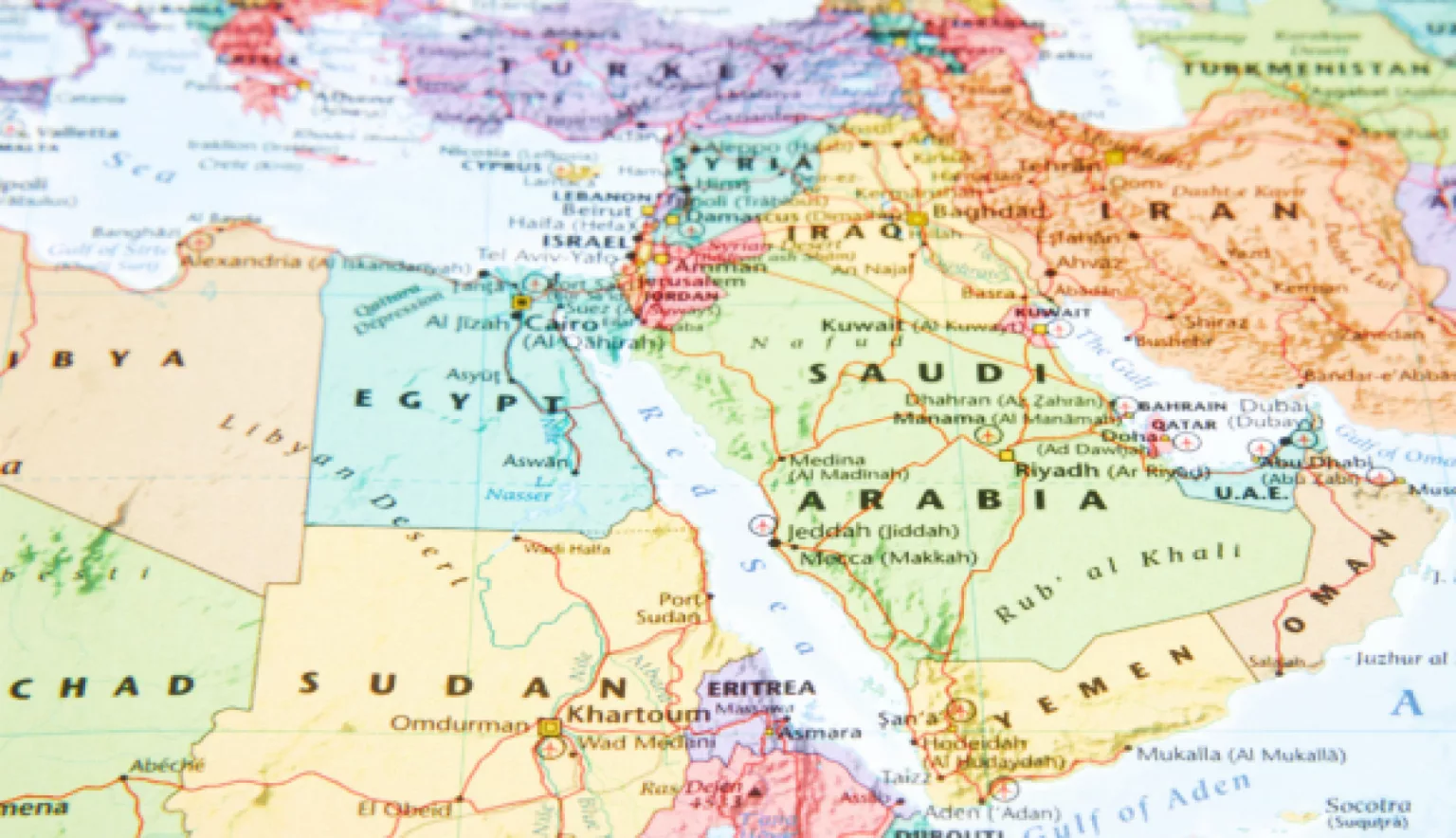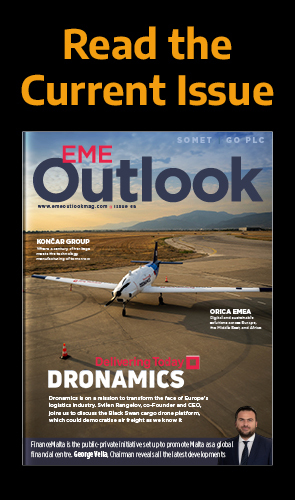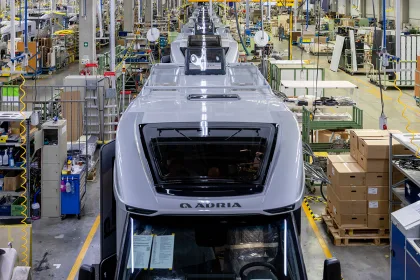A mere decade ago, huge amounts of optimism surrounded private equity investment in the Middle East and North Africa (MENA) region. Public markets were outperforming forecasts, and investment banks and private equity companies were appearing overnight. The Dubai International Financial Centre (DIFC) had just launched, political stability was at its peak, and private equity players were hungry for MENA investment exposure.
- Q&A WITH IBRAHIM MASOOD, AQS MENA FUND PORTFOLIO MANAGER, AVENTICUM CAPITAL MANAGEMENT
- Firstly, introduce me to the current investment prospects in the MENA region, and how they have evolved in recent years? What key macro and micro-economic factors have dictated this change?
- Why should investors turn their attentions to the region’s emerging markets?
- Going forward, what are the industries to watch in 2016-2017 and beyond?
- Similarly, what regions are showing the most promise?
- What can Aventicum Capital Management offer keen investors who are interested in the region?
Now, the region faces a very different investment environment which presents an uncertain future dependent on geopolitical factors, government spending and, of course, the long-term stability of the oil price.
Despite this broad outlook, the region as a whole is expected to be among the world’s fastest growing in the next few years; driven by Government targets such as Smart City Dubai, Qatar Vision 2020 and other equally ambitious targets in emerging markets such as Iran. Ibrahim Masood, AQS MENA Fund Portfolio Manager for Aventicum Capital Management, discusses the current economic landscape and why investors should be turning their attention to this fast-emerging region.

Q&A WITH IBRAHIM MASOOD, AQS MENA FUND PORTFOLIO MANAGER, AVENTICUM CAPITAL MANAGEMENT
Firstly, introduce me to the current investment prospects in the MENA region, and how they have evolved in recent years? What key macro and micro-economic factors have dictated this change?
Ibrahim Masood (IM): Historically the region has been a capital exporter, and has had to recycle the resultant liquidity onshore as well. This has taken the form of generous spending, both capital and current. Spending has included plenty of transfer payments and subsidies as well. The energy importers on the other hand have generally run twin external and internal deficits, where the most lucrative investment opportunities and returns have generally been on the back of reform programmes.
The investment landscape has reflected this dichotomy in the type of economies in the region, with capital exporters throwing up beneficiaries of fiscal largesse (financials, consumers, industrials) while the capital deficit group has presented beneficiaries of reform in the form of privatisation plays, or proxies for accelerating growth. In the past couple of years, the landscape has shifted significantly and is yet to settle into a new equilibrium.
The collapse in the oil price (following unprecedented strength for the past four years) and the removal of sanctions on Iran – or at least the beginning of sanctions removal – has altered the local political and economic landscape. Neither of these two factors offer a lot of visibility at the moment. There are proponents of the lower for longer oil prices, who make some sound arguments, specifically to the rapid technical advances made in unconventional horizontal drilling and fracking. Aventicum Capital Management are of the view that while dramatic pronouncements about the oil price make for nice headlines, the most likely outcome is an oil price range of between US$50-70 a barrel over the next couple of years. This still necessitates a sharp ongoing adjustment in the fiscal regimes in the energy exporting countries, and the most interesting opportunities will be off the back of this ongoing change.
Iran is an ethnically uniform country, with a sizeable skilled labour force, diversified natural resource endowment and good demographics. We doubt Iran will simply go away. Ultimately the political balance of power in the region will need to incorporate Iran and its allies. This is likely to be a long drawn-out process, and may or may not result in periods of heightened volatility which should work to the benefit of long-term institutional investors.
Why should investors turn their attentions to the region’s emerging markets?
IM: The addition of UAE and Qatar to emerging markets (EM) benchmarks has started a trend that has long-term repercussions, some negative but some potentially significantly positive. Already, investor and management dialogue has improved in frequency and quality and this is likely to keep getting better. Management teams and owners are beginning to recognise the importance of treating minority investors as partners and co-owners. As Saudi Arabia prepares to join the fray, competition for capital will gradually increase, which historically has not been the case in most of these markets. The short-term catalyst in the region is the ultimate inclusion of Saudi Arabia in the EM benchmark, which may take between two and three years. The longer term catalyst is the further improvement in governance regimes, where market distortions in the macro backdrop slowly continue falling. The long-term trends in the region are very supportive for truly top-class businesses, which should increasingly benefit at the expense of hitherto public sector largesse driven champions (a good example would be energy-intensive industries in Egypt, which are seeing their energy cost advantage being rapidly eroded). Investors who believe in our long-term view would do well to have a disciplined bottom-up strategy designed to benefit from these structural winds of change.
Going forward, what are the industries to watch in 2016-2017 and beyond?
IM: The big macro theme is a removal of subsidies, which reduces distortions in cost structures. Hence industries that are beneficiaries should be firms which have historically not benefited from distorted cost structures. These would be in industrials like petrochemicals where the feedstock re-pricing has already begun. Some sectors will be negatively impacted, as discretionary incomes and capital spending stays muted while the fiscal house is sorted out. These are, in our opinion, the discretionary consumer spending businesses, and businesses leveraging off growing capital spending like contracting, financials, and some industrials which provide inputs for construction and other sectors.
Similarly, what regions are showing the most promise?
IM: In the very short-term, we believe Egypt post the currency adjustment should present some interesting opportunities once the dust settles. Medium-term, Saudi Arabia looks interesting simply because some of the negatively affected sectors as outlined in this article have perhaps overshot on the downside. Beyond the immediate region, Pakistan is an interesting market that has had a tremendous multi-year run but still looks good for a bit more. For bottom-up investors like Aventicum, the lack of a clear directional trend at the moment is a good backdrop to be investing in.
What can Aventicum Capital Management offer keen investors who are interested in the region?
IM: Aventicum has one of the longest MENA track records managed by the same lead PM under different employers; tested across multiple market cycles. Our benchmark agnostic approach allows focus on genuine domestic drivers; generally avoiding the crowded, globally correlated large cap stocks, which tend to be associated with investing in the region; including hydrocarbon export reliant businesses and large banks exposed to government deposits.
The Fund’s differentiated approach comprises:
· An investment horizon of approximately three years to substantially reduce the impact of shorter periods of volatility
· A concentrated portfolio of 20-25 stocks, to allow diversification without a style drift
· A fundamentally-driven process, selecting high-quality businesses, with consistent operating performance, conservative capital structure and strong cash generation
· Limiting downside risks by constructing a durable, robust portfolio that can weather stressed markets
· Long-term alignment of interests for investment teams and investors
· A manager with has significant portion of net worth invested in the Fund, variable compensation vests over several years in the Fund

































